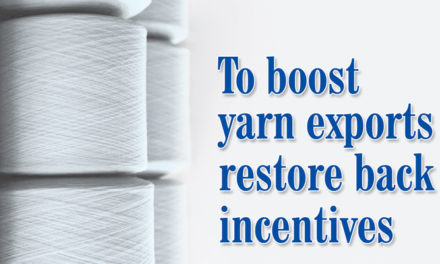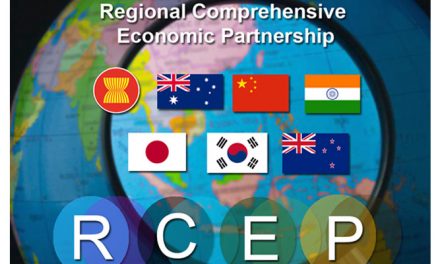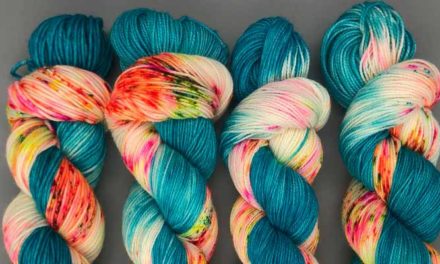The GST Council has recently reduced the tax on man-made items to 12 per cent from 18 per cent earlier. Will it help the textile and clothing (T and C) sector to diversity into the synthetic segment? Look like the diversification is not easy to come by. It is because staple fibre continues to be taxed at 18 per cent as before, whereas staple yarn has been made eligible for the reduced duly. Fabrics attract a duty of 5 per cent. To render the diversification rather difficult is the government’s latest move to affect a sharp hike in import duty on polyester products from 10 to 20 per cent through a notification.
In nutshell, the raw material, fibre from which the manufactured product, yarn, is charged at a higher rate. The lowest rate is on fabrics with no refund being made available on input tax credit accumulation. The duty remains inverted. The embedded taxes arising out of this structure needs to be refunded.
The doubling of import duty on polyester products, needless to say, will benefit only Reliance-owned polyester company. First, imports have been rendered costlier than before. Therefore textile mills’ access to polyester items will be prohibitive enough. This is because of import parity. In other words, the prices at which these are sold in the domestic market will be based on import prices. So how could textile mills think of diversification and reduce dependence on cotton, a natural fibre and make their presence felt more in man-made garments which are in demand worldwide.
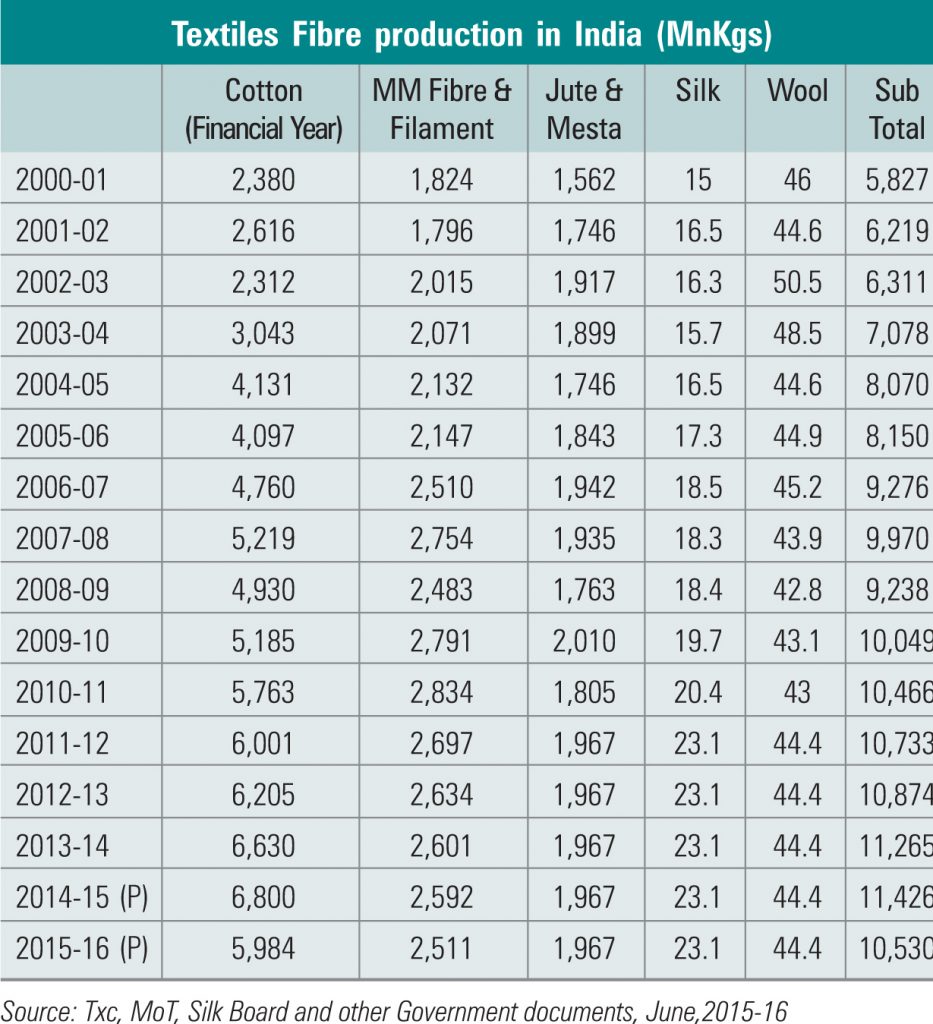
It is true that the implementation of GST – a forward looking reform on indirect taxes replacing several multiple taxes – from July 1 has led to some teething problems in the short term. But those protesting against GST are smaller units engaged in the fabric segment. They do not maintain proper books of account, a pre-requisite for running and managing a company under the existing law. All transactions are being done against cash alone. So no GST. This practice is prevalent mostly in Surat and Bhiwadi and to some extent in the knitwear hub, Tirupur (Tamil Nadu). All these units are bound to come under the GST once their turnover crosses specified limit and have to necessarily file returns.
Yet another major issue pertains to the T and C sector is the exemption of GST rates for five petroleum products. These are petroleum crude, high speed diesel, petrol, natural gas and aviation turbine fuel. In addition, there is electricity on which also no rate has been fixed. The five products are critical inputs for the textile industry.
Why the GST Council has deferred the rates on these products? The reason: The government nets revenues by levying a duty of around 54 per cent on them and intends to continue it in the future as well. On the other hand, the highest GST rate is 28 per cent. Therefore why lose the revenue by taxing at a lower slab?
The T and C sector has also been demanding liberal duty drawback rates for some time. From October, only a portion of the customs duty of duty drawback is to be refunded to exporters. The remaining – excise and service tax – is to be integrated into GST. Here again, the refund will constitute a very small amount, which will make T and C exports uncompetitive. And the recent rupee appreciation against the US dollar has dealt a service blow to T and C exports during the first 5 months of this fiscal (2017-18) as has already been reported in these columns. The government, according to the latest reports, is planning to restore a majority of benefits under the duty drawback scheme. The move aims to fix the glitches that have emerged since the GST roll-out.
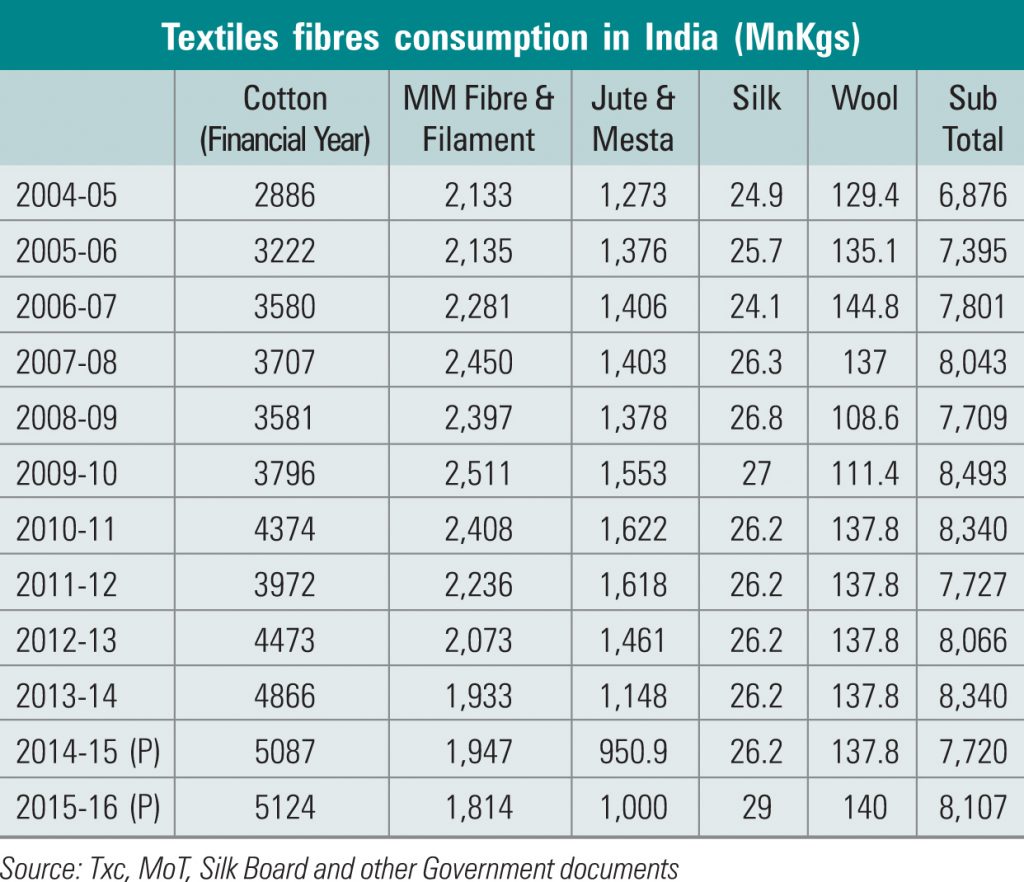
The GST Council has already brought all job works relating to textile manufacturing activities under 5 per cent GST. In this regard, CITI wants the government to consider the refund of accumulated ITC at the fabric stage, especially the processed fabrics. Since the cost of dyes and chemicals account for over 30 per cent of the cost of processing and most dyes and chemicals attract 18 per cent or 28 per cent GST, there is a huge accumulation of ITC, resulting in inverted duty problem as the same is not currently refunded.
Input tax credit (ITC) is available in respect of imports, capital goods and input services. There is a negative list of items on which no ITC is available. ‘Capital goods’ means goods, the value of which is capitalised in the books of account of the person claiming ITC and which are used or intended to be used in the course of furtherance of business. ‘Input’ and ‘input service respectively mean any goods other then capital goods, or service used or intended to be used in the course of furtherance of business.
Textile is the largest employer in India next only to agriculture. This sector contributes to 14 per cent of the industrial output and 17 per cent of the country export earnings. The organisation and spread of the sector is extremely complex with the existence of modern, sophisticated and highly mechanised composite mills on one extreme, to the hand spinning and handloom units on the other. Between the two fall the powerlooms and the innumerable job workers who undertake specific processes in respect of textile yarns and fabrics.


